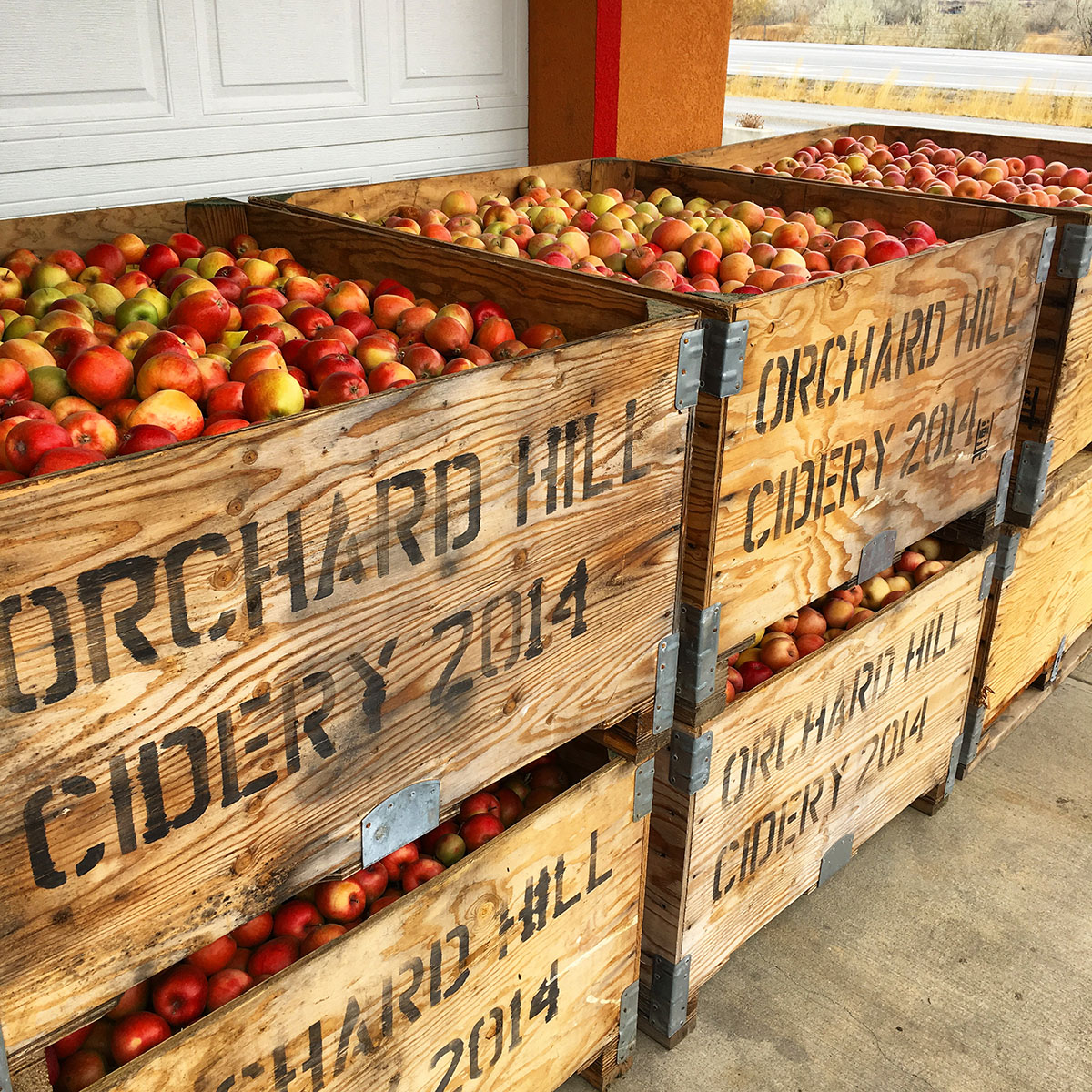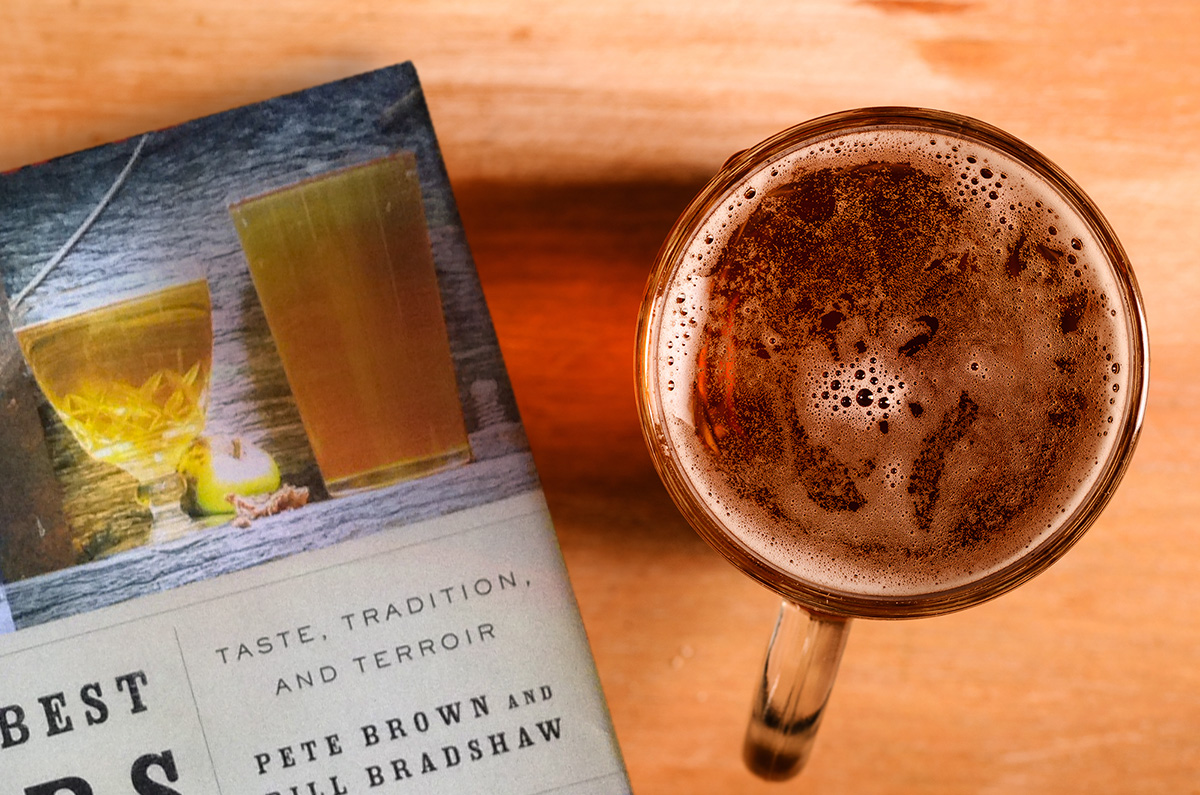Cider is a drink that’s been enjoyed for centuries, dating all the way back to ancient times. But what really sets cider apart from other alcoholic beverages is the use of apples. Yep, the humble fruit that keeps the doctor away has a major impact on the taste and color of cider. In this post, we’ll explore the juicy details of how apples are used in cider production, and how they contribute to the flavor and appearance of this beloved drink.
Let’s start with the basics. Cider is made by fermenting apple juice, and the type of apple used can make a big difference in the final product. There are hundreds of apple varieties out there, each with its own unique flavor profile. Some apples are tart and acidic, while others are sweeter and juicier. When making cider, the goal is to find the right balance of these flavors to create a drink that’s refreshing and satisfying.
But it’s not just the taste of the apples that matters – their color can also impact the color of the final product. Apples come in all sorts of hues, from pale yellow to deep red. When cider makers blend different apple varieties together, they can create a whole range of colors, from light amber to rich copper.
This is debatable – but our emphasis is we use Dessert apples. We’re not trying to copy the old English style of cider making where they’ll only use specific varietals that are known for good cider making. See the Link below:
https://celtic-marches.myshopify.com/blogs/news/top-of-the-crops-the-8-best-cider-apple-varieties
Alot of cideries will grow these trees and use these apples. We want to show that with the right dessert apples and the right formulation – you can make excellent cider with apples grown from the South Okanagan – support our current apple growers and our industry!
So, what are some of the most popular apple varieties used in cider making? Let’s take a look:
- McIntosh: This classic apple has a tart, tangy flavor and a bright red skin. It’s a popular choice for cider makers who want to add some acidity to their blend.
- Granny Smith: Another tart apple, Granny Smiths are known for their bright green skin and juicy flesh. They add a crisp, refreshing flavor to cider.
- Golden Delicious: This sweet apple has a mild, mellow flavor and a pale yellow skin. It’s often used to balance out the acidity of other apples in a blend.
- Honeycrisp: As the name suggests, this apple is sweet and honey-like, with a crisp texture and a red and yellow skin. It’s a popular choice for cider makers who want to add some sweetness to their blend.
But these are just a few examples – there are countless other apple varieties out there that can be used in cider making, each with its own unique flavor and color. And the best part? Cider makers can experiment with different blends to create their own signature flavors.
In conclusion, apples are the heart and soul of cider making. They bring a unique flavor and color to the drink, and give cider makers endless possibilities for creating new and exciting blends. So next time you raise a glass of cider, take a moment to appreciate the humble apple – without it, we wouldn’t have this delicious drink to enjoy. And who knows, maybe you’ll even be inspired to try your hand at making your own cider using some of these tasty apple varieties. Cheers!
Be sure to stop in and have a tasting and you will see why Orchard Hill Estate Cidery is the best cider in British Columbia.




